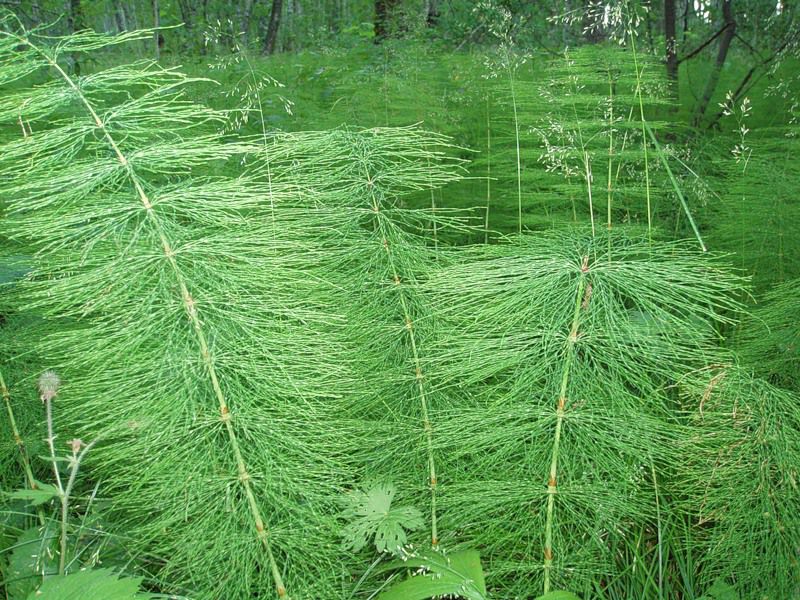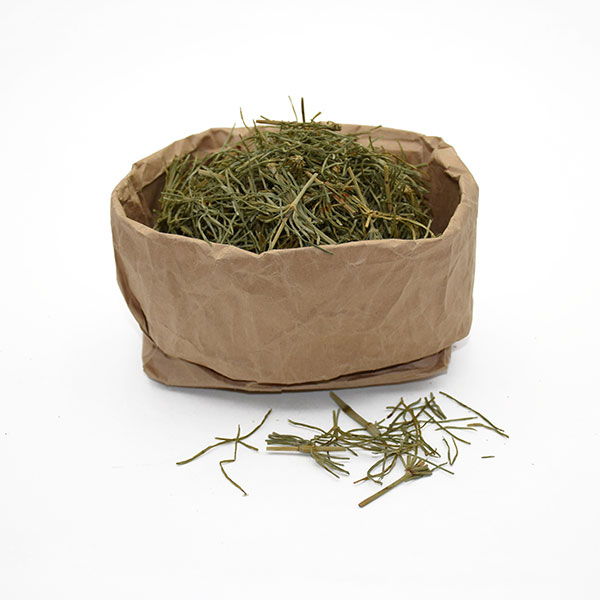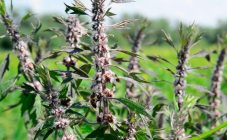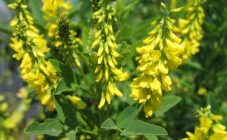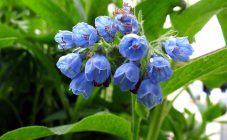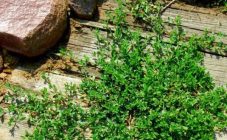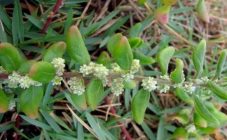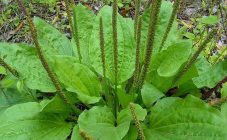Content:
Field horsetail (aka horse tail grass, horse tail) is considered a weed that is undesirable on a plot. However, due to its medicinal qualities and properties, it is sometimes cultivated in a cultural environment in the vegetable garden and in the garden. For this process to be successful, the gardener must know what the horsetail plant looks like and how it can be useful for humans.
What horsetail grass looks like
Field horsetail is a species of herbal perennial plants from the Horsetail family. Plants do not grow above half a meter (usually up to 40 cm), they are classified as spore. Representatives of the species develop long and powerful rhizomes, equipped with small tuberous branches. Aboveground shoots are both generative and vegetative.
The teeth of the leaves are arranged in whorls of 6-12 pieces (in some cases, 16). They are located freely, do not grow together in the upper part. The spikelets have an almost cylindrical shape and are about 2-3 cm long.
Horsetail herb is almost ubiquitous in Eurasia, from Iceland to Japan. The plant is native to North America, from Alaska to Texas and other southern US states. In Russia, it grows everywhere, with the exception of the territories of the Far North. It grows in forests, floodplain and dry meadows, pebbles, pastures, fields, the outskirts of bogs, the banks of water bodies. Usually a weed that is difficult to remove.
Varieties
In addition to the field horsetail, there are other types:
- swamp;
- meadow;
- forest;
- riverside;
- wintering, etc.
All these varieties reproduce mainly by rhizomes. As a result, many plants are formed that can severely clog the soil. In natural conditions, culture also reproduces by spores. Prefers sandy and nutrient-rich soils with moderate moisture with an acidic soil reaction.
Medical properties
In folk medicine, the field horsetail is widely used as a hemostatic and diuretic. Indications for use:
- gout;
- rheumatic pains;
- tuberculosis;
- atherosclerosis;
- liver and heart diseases.
On the basis of the plant, preparations are prepared that can cure skin ailments such as boils, lichen and eczema. Horsetail decoction is used to rinse the mouth in the presence of mucosal inflammation.
A powder based on the culture in question is used to combat bacterial plaque on the gums and teeth. The tool allows you to polish small cracks on the teeth, while keeping the enamel intact.
The dried powder is used to treat animals. For example, they are sprinkled with ulcers and wounds on the body of pets.
The plant has a number of contraindications. So, preparations based on field horsetail are prohibited for use in the presence of the following diseases or conditions of the body:
- the period of pregnancy and breastfeeding;
- heart or kidney failure;
- nephritis;
- diseases of a chronic nature.
Diseases and pests
The field horsetail is rarely damaged by any harmful insects and diseases. For prophylaxis, it is recommended to treat plantations with fungicides and insecticides.
Procurement of raw materials
Only horsetail shoots are harvested, since it is this part of the plant that has medicinal value. The stems are harvested in the middle of summer by cutting them off the ground. When collecting, it is important not to confuse the field horsetail with its other similar varieties - meadow, marsh, forest, swamp - which are of no medical value. You can distinguish them by the following indicators:
- Horsetail branches grow horizontally and bend downward;
- in the marsh variety, between the stem nodes there are teeth not welded together with a clearly visible light extended border;
- branches of the forest horsetail branching and refined;
- in marsh horsetail, the shoots are thickened, and the branches are sparse and low.
Raw materials are dried outdoors in shaded conditions or in a room with sufficient ventilation. Dried plant raw materials in the form of rigid hollow shoots with greenish-gray branches that do not emit odor can be stored for up to 4 years without reducing their medicinal properties.
Horsetail herb is capable of becoming a promising medicinal crop both in Russia and around the world. Its cultivation does not represent essential labor, while the benefits of this culture are enormous.

